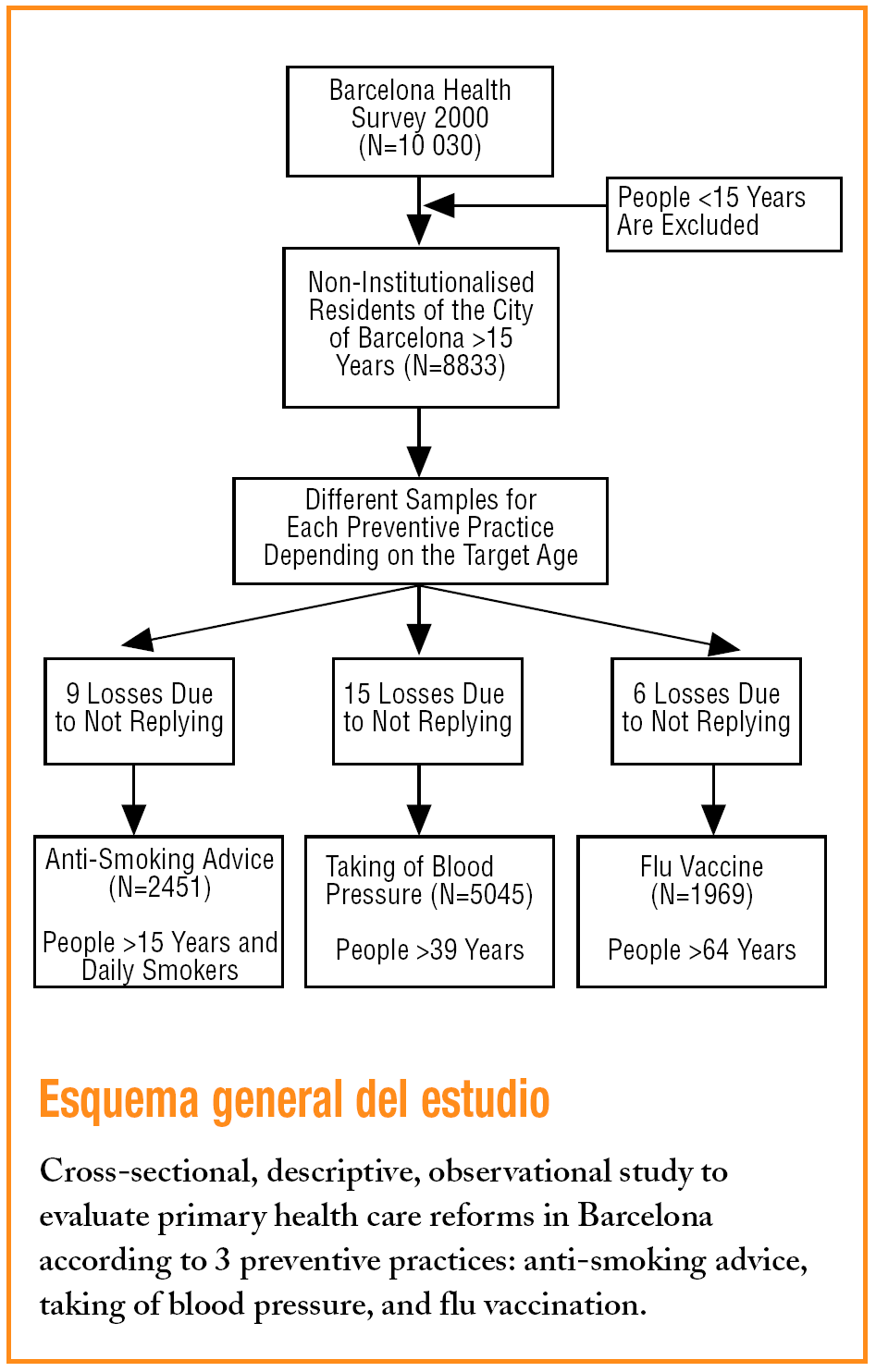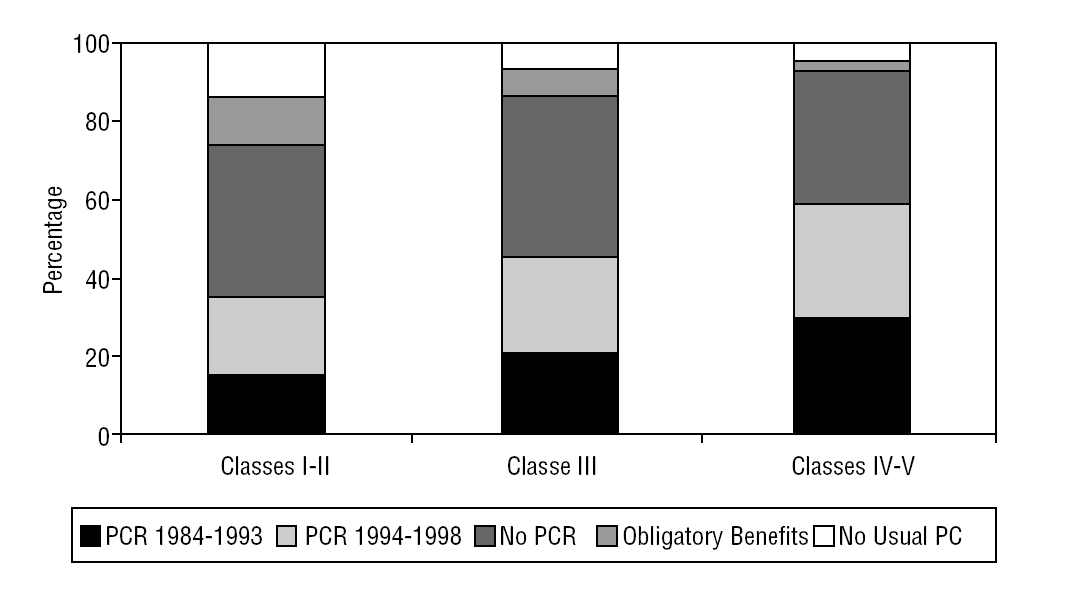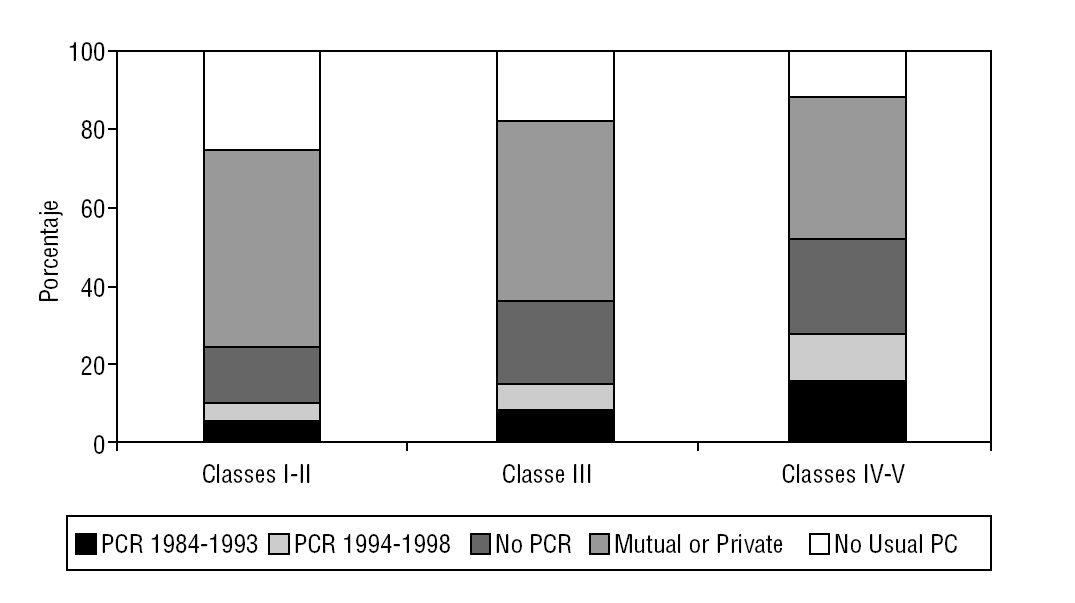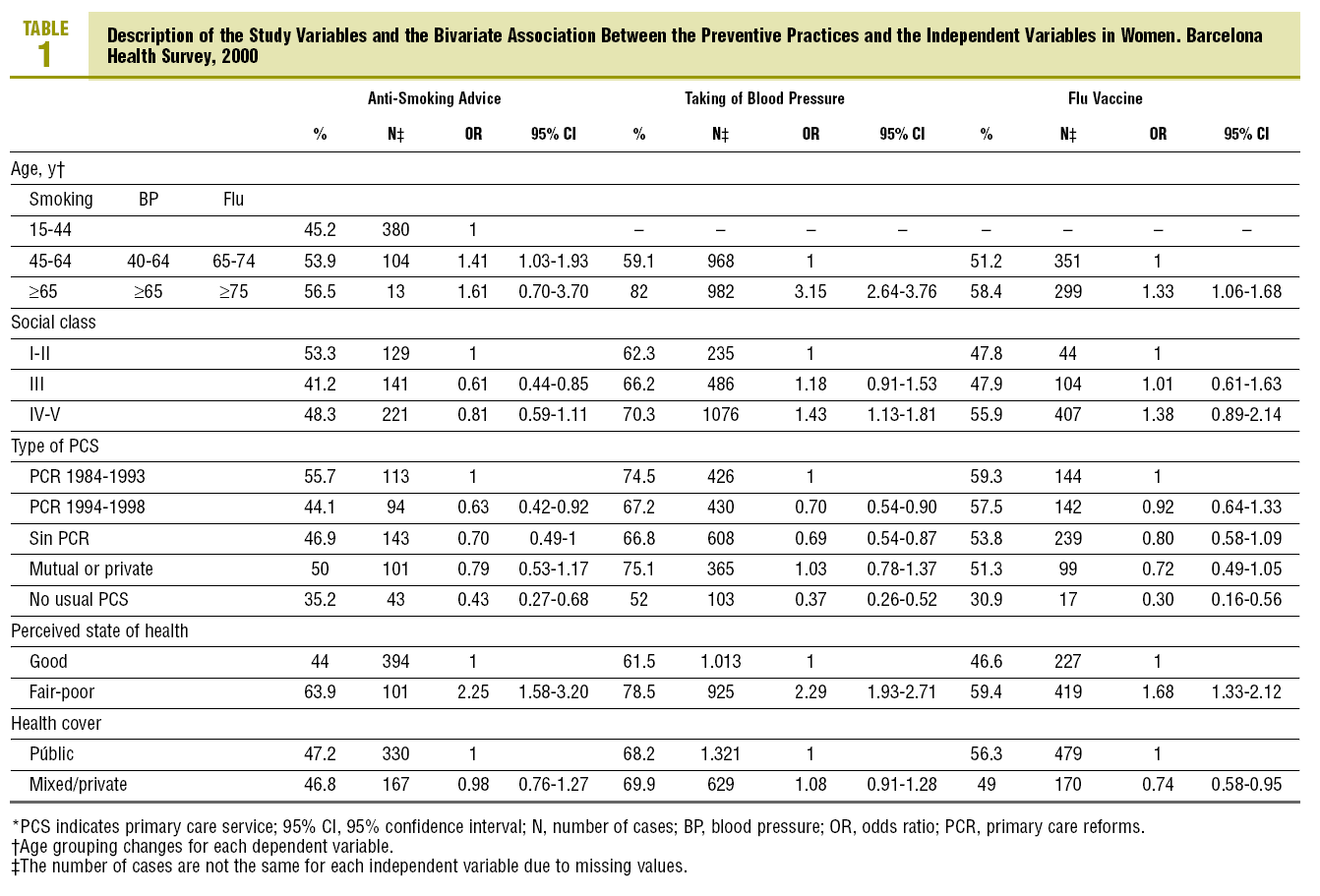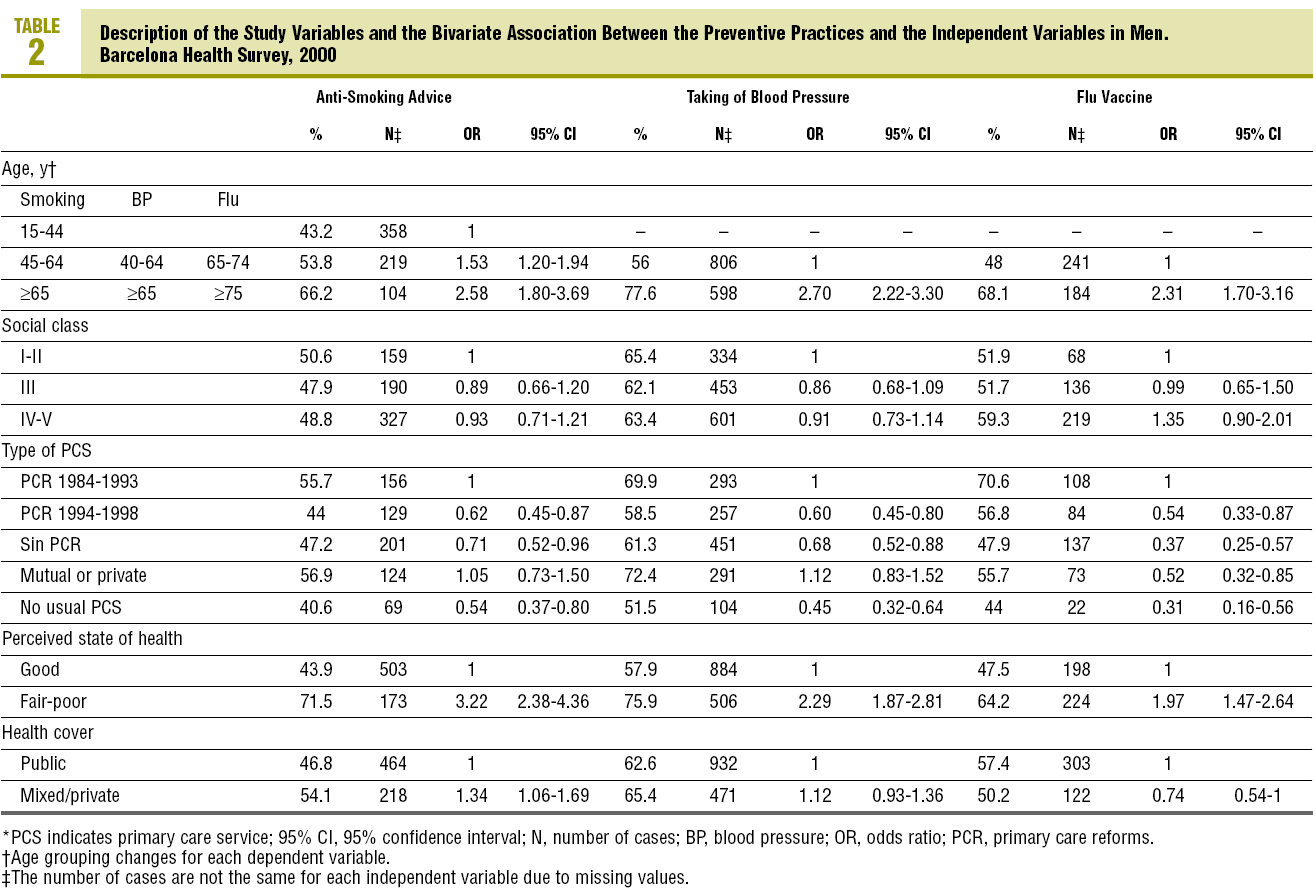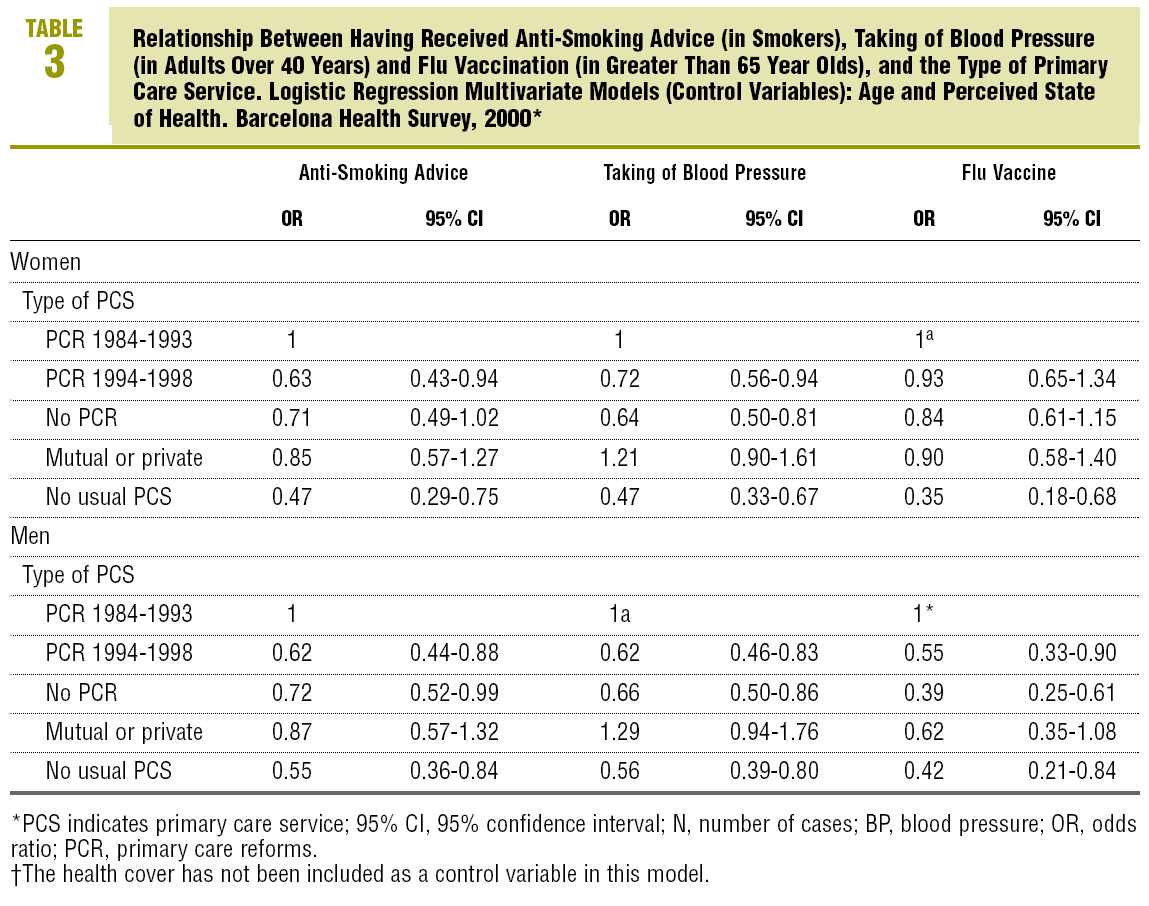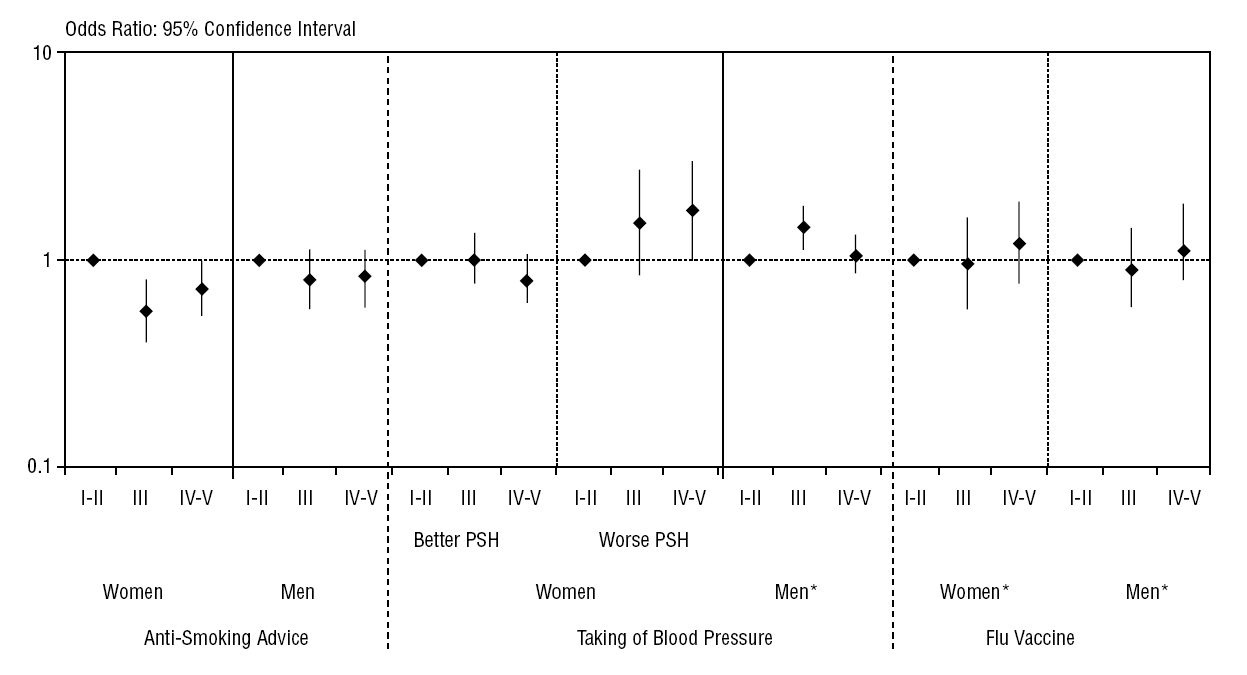Introduction
Primary care reform (PCR) meant that primary health care (PHC) would include health promotion and prevention, as well as the treatment of disease and its rehabilitation. It was intended to provide a continuous and integral health service for the individual, the family and the community. It introduced important organisational changes (working in a team, longer hours, use of clinical history, etc).1-3 In Catalonia, PCR began at the end of 19864 and was concluded in 2003.5
PCR has been evaluated in different studies and many of these have arrived at very positive conclusions in several economic and health aspects: reduction in costs due to a decrease in visits and admissions to specialised care,6-8 improvement in quality of care and fairness in the distribution of the services,9,10 and an impact on the reduction in mortality due to all causes and for any of the causes preventable from primary care.11 Even so, other studies have shown that some aspects have not improved or have got worse, the most outstanding being the accessibility of the visit, since the user has to ask for an appointment before being seen by any health professional.9,12,13
Three of the most noteworthy preventive practices and those that will be used in this study are: anti-smoking advice, taking of blood pressure, and flu vaccination. Different studies have shown the benefits of these practices.10,12,14 In some descriptive studies it has been shown that preventive practices have increased considerably in the last few years due to the incorporation of PCR.12-16 However, the private provision of PHC (private or obligatory mutual societies) have also influenced this increase.16 Therefore, it is important to take into account that the population of Barcelona, the city where this study was performed, uses public and private PHC services simultaneously.17
The inequalities in the health system are also taken into account. These are mainly due to social and economic causes, but there are also psychosocial, health services and life perspective reasons.18,19 In the study presented, we looked for the inequalities in health according to age, gender and social class. Previous studies have demonstrated that these inequalities do exist,18-21 but in this study an attempt was made to find out if these were also present in the provision of services, namely in the 3 previously mentioned preventive practices.
Therefore, the objective of this study is to evaluate PCR in Barcelona during the year 2000 using 3 preventive practices: anti-smoking advice, the taking of blood pressure, and flu vaccination. Also, an attempt is made to evaluate the gender, age, and social inequalities in these practices.
Methods
Design, Population, and Information Sources
A cross-sectional, descriptive, observational study was performed. The study population was made up from non-institutionalised city of Barcelona residents over 14 years old during the year 2000. The information source was the Barcelona Health Survey carried out in the year 2000. The survey sample consisted of 10 000 people.22 For this study, a different number of people were included for each preventive practice, as the age of the target population was different in each of them. Therefore, the samples studied were as follows: 2451 people for anti-smoking advice (daily smokers >14 years), 5045 people for taking blood pressure (>39 years), and 1969 people for flu vaccination (>65 years).
Variable Studied
The preventive practices that the people interviewed declared they had received were used as independent variables.
Social class and the type of PHC centre were used as independent variables. Social class was assigned according to the proposal made by an expert group of the Spanish Epidemiological Society in 1995.23 The classification goes from "I" as the most better off class to "V" the most disadvantaged.
As regards the type of PHC service, it was classified depending on the centre where the doctor of the interviewed person belonged and was identified as a usual PHC source. The variable was stratified into 5 categories: a) users of public centres of the Catalonian Health Service (CHS) who live in basic health areas (BHA)--basic health zones in the rest of Spain--where PCR had been established between 1984 and 1993; b) users of public centres of the (CHS) who live in a BHA where PCR had been established between 1994 and 1998; c) users of public centres of the (CHS) who live in BHA where PCR has not been established or was established from 1999; d) users of obligatory or private mutual societies; and e) people that had not been attached to a family doctor as a usual health care source.
Different studies have shown that there are inequalities in health as regards age, perceived state of health (PSH) and health cover,19,24-26 a reason why they were studied as control variables. The PSH is divided into 2 categories: "very good-good" and "fair-poor-very poor." Health cover is divided into "public" and "mixed/private" cover. In the analysis of the impact of PCR, social class is also monitored, since PCR in Barcelona was started in the most disadvantaged districts.27
Data Analysis
The relationship between PCR, health cover, and social class is described. Each preventive practice was also studied depending on the independent and control variables, and all the results were grouped by gender. The percentages of carrying out these practices, were standardised for age and social class, according to the direct standardisation method, so that the whole sample is used as a reference population. Bivariate analyses were performed between the preventive practices, and differencs between the independent and control variables were calculated using binary logistic regression analysis. The odds ratios (OR) and their 95% confidence interval (95% CI) were obtained.
Finally, multivariate logistic models were constructed to study the association between dependent variables and the type of PHC service and social class. These 2 variables were not included together in the multivariate models because they have a high collinearity. So only age and the PSH were included as confounding variables in all the models. Health cover was included according to the significance in the bivariate analyses. The relationship between PSH and social class was studied.
Results
The distribution of social classes according to type of PHC and type of health cover is shown in Figures 1 and 2. Among the people who had public cover only, the percentage of people with PCR was greater in the more disadvantaged classes (59.3%), and are also those who are not identified with a usual PCS (4.3%). The more advantaged classes had more centres without the reforms and used obligatory or mutual benefit societies more (12%); there were also more people (15%) who were not identified with a usual PCS. The people with mixed or only private cover (Figure 2) generally had a lower percentage of reformed health centres. There was a higher percentage of benefit societies or private doctors (50%) in the better advantaged classes and in those less usual PCS and BHA were there were less reformed centres.
FIGURE 1 Distribution of the sample in people older than 15 years from the Barcelona Health Survey 2000 according to social class. People with public health cover only.
FIGURE 2 Distribution of the sample in people older than 15 years from the Barcelona Health Survey 2000 according to social class and type of primary health care. People with mixed or private health cover.
In Tables 1 and 2, it can be seen that the 3 preventive practices are more established in the older age groups. For anti-smoking advice, male smokers over 65 years were the group where a higher proportion declared that their doctor had advised them to quit smoking (66.2% compared to 56.5% in the case of women). Greater differences were observed according to age in the taking of blood pressure and receiving the flu vaccination. As regards the former, we can see that the difference between ages is from 59.1% to 82% in women and from 56% to 77.6% in men. These differences are significant in both sexes. As regards the flu vaccine, people over 75 years were vaccinated more often, and more men than women (68.5% in men compared to 58.4% in women).
In the analysis according to the type of health cover, significant differences are seen in women with only public cover, since they were vaccinated more (56.3% as opposed to mixed/private, which was 49%).
Differences were also observed in anti-smoking advice in men with mixed/private cover, who reported that they had received advice against tobacco more often (54.1% compared To 46.8% with public cover).
The differences in the receiving the practices according to the type of primary care after adjusting for age and perceived state of health are shown in Table 3. It is noted that people (men and women) whose family doctor was in a centre where the PCR had been installed in the earlier period received the 3 preventive practices more often than those who had a family doctor in other areas or did not have a family doctor as a normal health care source.
It was observed that all the ORs are significantly <1, except for the flu vaccine in the case of women.
The association between the practices and social class, also after being adjusted for age and perceived health state is shown in Figure 3. It can be seen that, in the case of women, anti-smoking advice is more frequent in the more advantaged social classes (OR=0.57 for social class III and OR=0.72 for social classes IV-V, as regards the better off social classes). With the taking of blood pressure, a significant difference was observed in women with the perceived state of health, as such that women in a poorer state of health had received this preventive practice more often than women in the more disadvantaged classes (OR=1.75 for classes IV-V).
FIGURE 3 Association between having received anti-smoking advice, taking of blood pressure and flu vaccine, and social class. Logistic regression multivariate model (control variables: age and perceived state of health). Barcelona Health Survey, 2000.
Discussion
According to this study, the number of people who received the preventive practices studies in centres that had incorporated the reforms longer is greater in public health services. The mutual benefits societies also had a major role in preventive practices, since there was a higher percentage of these practices within them, with the exception of the flu vaccine, where the weight of the benefit society was less important, particularly in males. No significant inequalities in social class or gender were found in receiving these practices. Older people received the practices more, as they attended health centres more often. It has been noted that an increase in preventive practices is associated with a decrease in the main medically avoidable causes of death (cerebrovascular diseases or due to hypertension causes) related to PCR.11 In the city of Barcelona, the reform was started in the districts with poor social and health indicators, which subsequently resulted in selective improvements in the mortality indicators.18
According to the Catalonian Health Survey (ESCA), the declaration of blood pressure having been taken increased considerably between 1994 and 2002, with 26.3% of men and 29% women in 1994 to 48% and 50.8% in 2002,
respectively.19,28 In our study, the prevalence was 66.8% in men and 70.5% in women, but the age range used in this case was much narrower. We have the same positive variation with anti-smoking advice: in the study presented we can see that this practice was carried out on 54.4% men and 51.8% women who smoked daily; whereas in 1992, less than one third of smokers, who received advice in 2000, were advised.16
The only practice that showed a disparity due to social class was that of anti-smoking advice, since, given equal need, it appears it was given more in the better off classes. An interesting point is to study the evolution of taking blood pressure in accordance with social class and gender.
No differences were observed between social classes in men in 1994, while women in social classes IV and V stated that it was taken less16; curiously, in the present study women from social classes IV-V stated that it was taken more often. The fact that PCR was started in the more disadvantaged social classes may have influenced the results between classes.18
In 1998, it was noted that more men than women, as well as people with a higher level of education, had quit smoking.19,25,29 There was a decrease in the habit by women in the better off classes and an increase in the more disadvantaged classes.19
The results of our study show that class I-II women received more anti-smoking advice than the more disadvantaged classes. In 1998, the prevalence of ex-smokers was 31.9% in men and 27.3% in women.30 Other studies report that there are more ex-smokers in both sexes in classes I-II and among people with a higher level of education.16,29 Therefore, it is very important to reinforce the practice of giving advice on stopping smoking in the more disadvantaged classes.
A limitation of the study is that anti-smoking advice is only measured in smokers and not in ex-smokers. This means that it does not take into account the people in whom it is assumed the advice was effective.
PCR has clearly influenced the promotion of preventive practices in primary care in the public sector. We believe that it is positive and that encouraging and promoting prevention from public services should continue, since its universality allows access to people of all social classes. At the same time, the changes that favoured reform must be promoted, since positive results have been obtained. We also consider that it is important to continue monitoring the impact of updating the health system, as well as the possible production of inequalities.
What Is Known About the Subject
• In the past few years some studies have demonstrated improvements in primary care, mainly due to incorporating reforms.
• The increase in preventive practices coincides with a decrease in the main causes of medically avoidable deaths.
• Many studies have shown that there are health inequalities in age, gender, and social class.
What This Study Contributes
• The number of people who have received the three preventive practices studied has increased in the public health services in Barcelona.
• This increase has been seen to depend on the length of time of the reforms: the centres where the reforms have been in place longer perform more of these practices.
• No clear inequalities have been found in receiving these preventive practices, as regards gender and social class, but there is as regards age: the people of more advanced age received more preventive practices.
This work has been partly financed by the Red de Centros de Epidemiología y Salud Pública (Number C03/09).
Spanish version available
www.doyma.es/169.334
A commentary follow
this article
(page 346)
Correspondence: Dra. M. Isabel Pasarín Rua.
Pza. Lesseps, 1. 08023 Barcelona. España.
E-mail: mpasarin@aspb.es
Manuscript received June 6, 2006.
Manuscript accepted for publication November 22, 2006.







